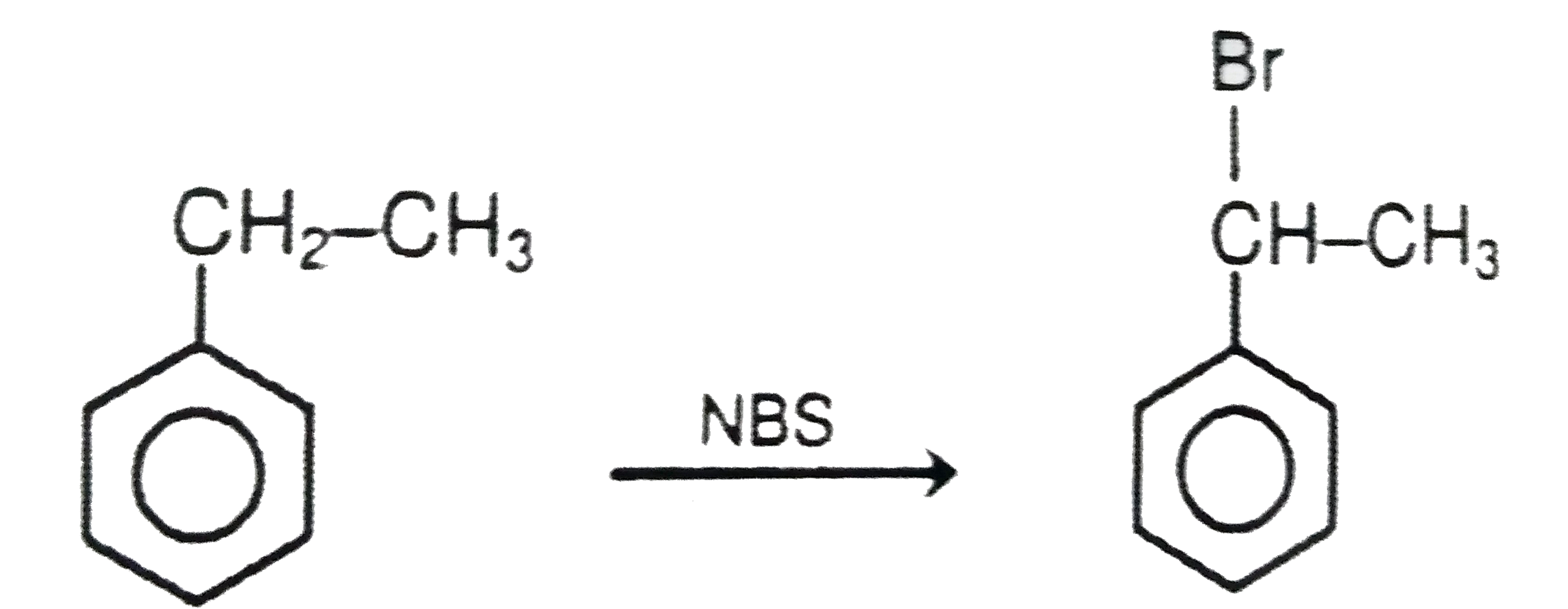What of the following statements for order of reaction is not correct?
A
The order can be determined experimentally.
B
The order of the reaction is equal to the sum of the power of the concentration terms in different rate law.
C
It is not affected by the stoichiometric coefficient of the reactants.
D
The order cannot be fractional.
Video Solution
Text Solution
The correct Answer is:D
The ofer of a reaction is defined as the sum total of the powers to which the various concentration terms must be raised in order to express the experimental rate low.
The order actually gives the dependence of the rate of the reaction on concentration of the reactants.
The order of a reaction is an experimentally determined quanity.
The order of a reaction can be zero.
The order of a reaction can be fractional.
The order of a reaction can be negative.
For a example reaction, the order depends on the slowest step.
The order of a reaction decides the units of rate constant of a reaction.
|
Topper's Solved these Questions
- CHEMICAL KINETICSBOOK - CENGAGE CHEMISTRY ENGLISHCHAPTER - CHEMICAL KINETICSEXERCISE - Archives Integer
2 Videos
- CHEMICAL KINETICSBOOK - CENGAGE CHEMISTRY ENGLISHCHAPTER - CHEMICAL KINETICSEXERCISE - Archives Fill In The Blanks
4 Videos
- CHEMICAL KINETICSBOOK - CENGAGE CHEMISTRY ENGLISHCHAPTER - CHEMICAL KINETICSEXERCISE - Archives Multiple Correct
5 Videos
- CARBOXYLIC ACIDS AND THEIR DERIVATIVESBOOK - CENGAGE CHEMISTRY ENGLISHCHAPTER - CARBOXYLIC ACIDS AND THEIR DERIVATIVESEXERCISE - Exercises Archives (Analytical And Descriptive)
34 Videos
- COORDINATION COMPOUNDSBOOK - CENGAGE CHEMISTRY ENGLISHCHAPTER - COORDINATION COMPOUNDSEXERCISE - Archives Subjective
18 Videos
Similar Questions
Knowledge Check
Which of the following statements for the order of reaction is not correct ?
AOrder can be determined experimentally.Border of reaction is equal to the sum of powers of concentration terms in rate law expressionCorder cannot be fractional.Dorder is not affected by stoichiometric coefficient of the reactants.Which of the following statements about dark reactions is correct?
AThey occur in darkness.BThey are not light dependent.CThey are dependent upon the products syntesised during light reactions.DAll of these
Which of the following statements are correct for above reaction?AReaction is intermolecularBReaction is acid catalysedCIt is the trans hydrocarbon radical with respect to the –OH group that migrates.DThe rearrangement is intramolecular

Which of the following statements are correct for above reaction .
View SolutionWhich of the following statement is not correct about order of a reaction ?
View SolutionWhich of the following statement is not correct about order of a reaction ?
View SolutionWhich of the following statements are correct about the reaction given below ?

View SolutionWhich of the following statement is not correct about order of a reaction ?
View Solution
